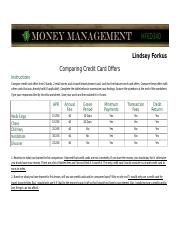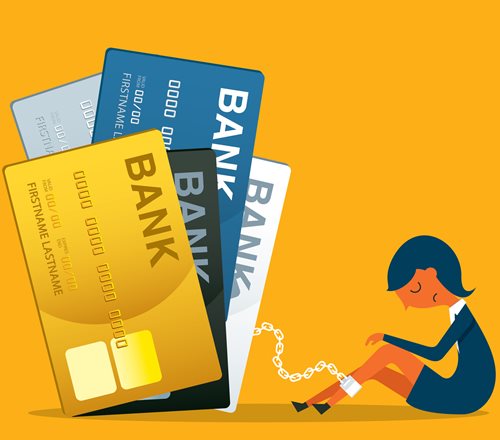
Your credit card company sends your revolving usage to the credit bureaus when they print your monthly statements. It is difficult to keep your revolving usage ratio low. Schedule a payment prior to your creditor reporting your balance to the credit agencies. Your revolving utilization is likely to be lower if you do this.
Low revolving balances
Credit card companies report balances on monthly statements to credit bureaus. Your revolving usage rate will increase if you wait to pay your balance until the end. This can make it difficult to maintain a low debt ratio. However, it is possible to set up a payment plan before your creditor reports the balances to credit bureaus.
Maintaining a high credit score is possible by keeping your revolving debt levels low. Credit cards are expensive and have high interest rates. It is best to avoid any type of debt. These three steps will help you optimize your credit score.
Revolving debts to be paid down
The idea of reducing your revolving borrowing is not new. Revolving Debt is a type o credit card with a monthly installment. Not all installment loans can be counted towards revolving credit. Credit cards and home equity loans of credit can be used to increase credit utilization. The good news is that it is possible to reduce your revolving debt balances and improve your credit utilization score by paying down your balances.

To reduce your revolving debt, you should pay it off completely. This will allow you to access more money as and when you need it. The interest will accrue if you are unable to pay the full amount.
Credit limit reduction
When your credit limit is lowered, it's important to work with the lender to make up for the loss. Call the company and explain the situation. They may be willing to increase your credit limit. If not, you can try calling another creditor. This might be a good opportunity to restore your credit rating if you have bad credit.
Your credit limit is the maximum amount of credit you are allowed to spend with your financial institution. It is usually set based on your income, other debt, and credit history. When your limit goes beyond this amount, it will have an impact on your overall credit score and your ability to access future credit.
Lowering credit card bills
Borrowers should be aware that the credit score factor of recurring utilization is important. It is the total credit card limit that is exceeded by credit card balances. Having a low revolving utilization percentage is better for your credit rating than having a high revolving utilization. However, there are ways to lower your revolving utilization percentage without affecting your credit score.
Credit card balances can be a serious financial problem. It is crucial to pay them off as soon possible. You should aim to repay your credit card debts every month. This will prevent you from carrying over your balances into the next month. To avoid spending too much on one card, it is better to spend on multiple cards.

Paying down your home equity line
A home equity line of credit (HELOC) is a revolving line of credit secured against a borrower's home. It allows borrowers to borrow as much money as they need, up to the credit line's maximum limit, and has flexible repayment terms. It can be used either to cover large, recurring costs such as home renovations or for unexpected expenses such like medical bills.
A home equity line of credit comes with a repayment period, which consists of monthly payments of both principal and interest. The repayment term will vary depending upon how much equity your home has, but most lenders will allow for you to borrow upto 80% of your home's equity. Variable or fixed interest rates are also available.